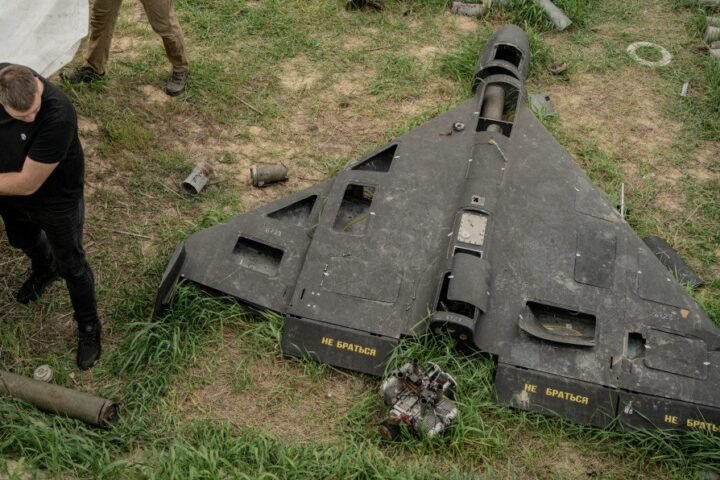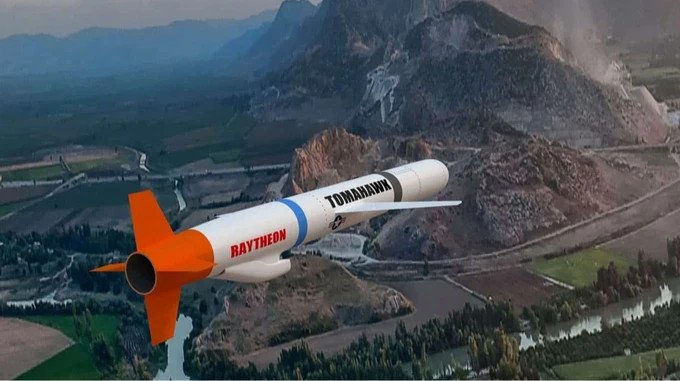Russia has turned drone manufacturing into one of its main wartime priorities, mobilizing state and private resources to establish what analysts describe as an empire of unmanned aerial vehicles. According to The New York Times, Moscow can currently produce around 30,000 strike drones a year, modeled on Iran’s Shahed series, with projections suggesting the output could double in 2026.
Drones as a central weapon in the war against Ukraine
The Kremlin has placed the Russian economy on a war footing, with drone production elevated as a strategic sector. Drones are seen as a cost-effective tool for sustained pressure on Ukrainian defenses and for striking deep into Ukrainian territory. Analysts estimate that in 2025, Russia deployed over 34,000 attack drones and decoy UAVs against Ukraine—almost nine times more than in the same period in 2024. Kyiv reported shooting down 88 percent of them, a decrease from the nearly 93 percent interception rate last year. Michael Kofman of the Carnegie Endowment noted that Ukraine’s advantage in drone warfare has eroded due to Russia’s better organization and deployment of elite drone units.
Cross-border provocations and NATO concerns
The scale of production has also led to more frequent cross-border incidents. On the night of September 9–10, at least 19 Russian drones entered Polish airspace, with only a few shot down. On September 13, another drone violated Romanian airspace. Czech Foreign Minister Jan Lipavský said Russia was deliberately provoking NATO members, underscoring the risks of escalation. Observers warn that the Kremlin uses such incidents to probe Western red lines and test allied resolve.
Western response and strategic implications
Experts stress that the West must craft a coordinated response—tightening sanctions on Russian companies involved in drone manufacturing, blocking circumvention channels, and accelerating military adaptation based on Ukraine’s frontline experience. The growing Russian drone industry raises concerns that the U.S. and EU could fall behind technologically, forcing them to invest heavily in their own production capacities. Cooperation with Ukraine, which has developed advanced UAV tactics, is seen as crucial for closing this gap.
The changing nature of modern warfare
The conflict highlights how future wars will rely not only on expensive, high-tech systems but also on swarms of cheaper drones. Traditional air defense systems like Patriot are designed for missiles and are too costly to use extensively against Shahed-type drones. This is pushing militaries to develop alternatives such as electronic warfare, directed-energy weapons, and localized production chains for critical materials. Greater investment in Ukraine’s mining and processing industries could help Europe secure rare earths and metals vital for both defense and green transition industries, reducing dependence on Russian and Chinese supply chains.
Broader geopolitical and economic impact
The U.S.-EU-Ukraine cooperation on resource investment and drone countermeasures could reshape transatlantic ties, boosting industrial capacity, job creation, and technological innovation. Access to Ukrainian raw materials would lower costs for European metallurgical and chemical industries, while also supporting Europe’s climate transition. For the defense sector, reliable Ukrainian supplies of critical metals for electronics and precision weapons could enhance Europe’s security posture. Analysts argue that this emerging triangular cooperation strengthens resilience against Russian and Chinese leverage, reinforcing long-term stability in the region.









